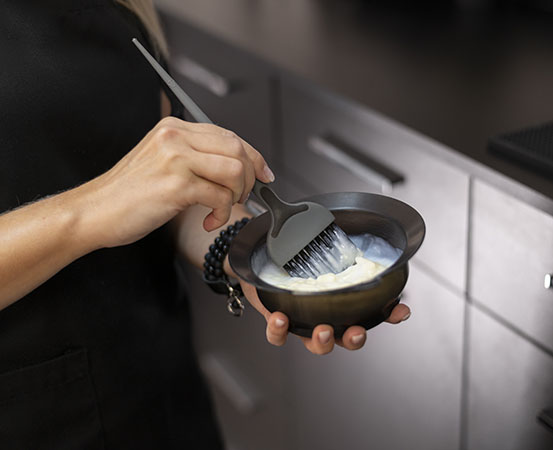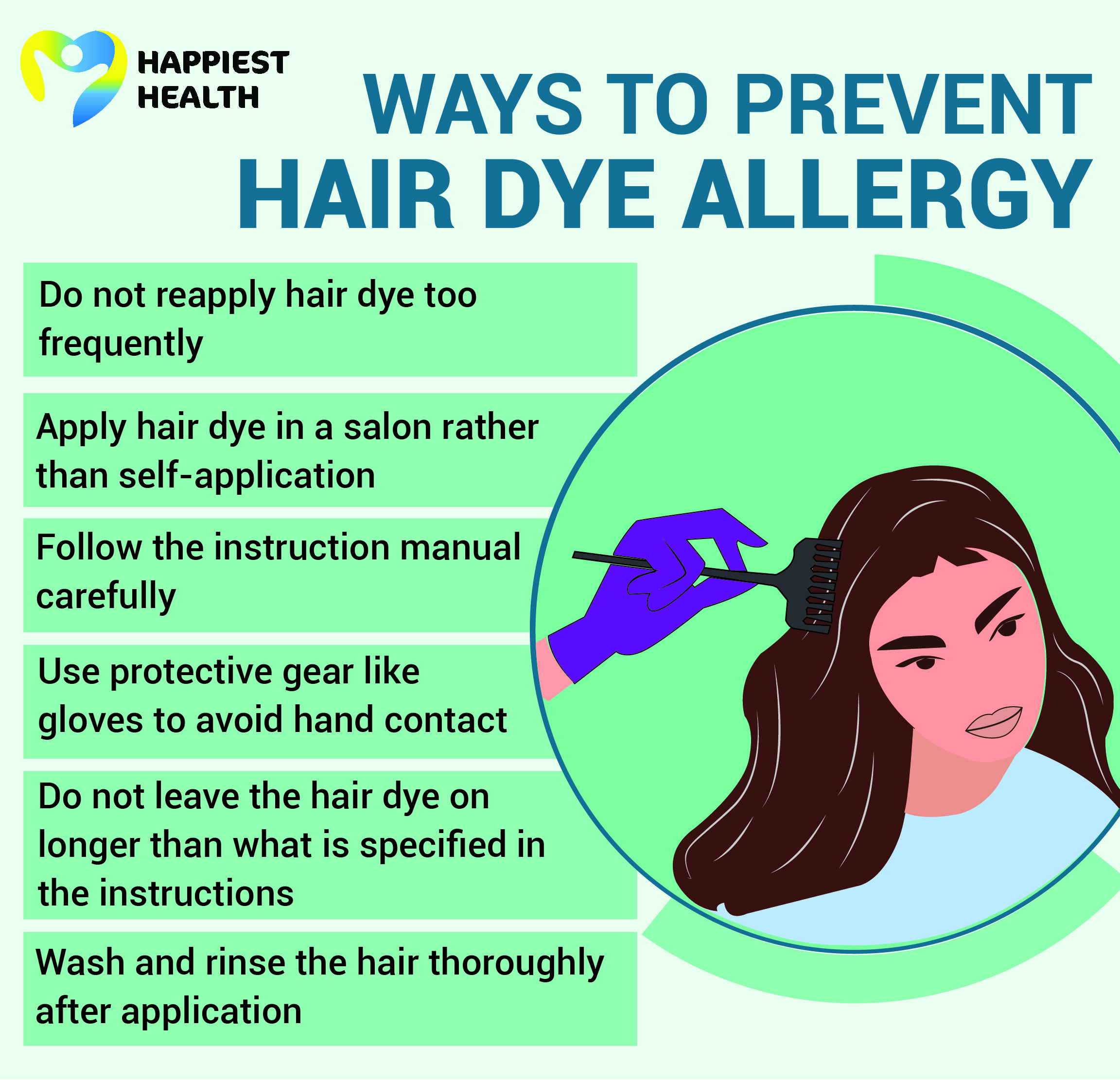
Ramachandra Hegde, a 63-year-old Manipal-based businessman cut all ties with hair dyes in 2010. His tryst with hair dyes ended even before it began, thanks to a hair dye allergy. Hegde was 49 when he first tried on a hair dye to conceal the greys in his mustache. While he was expecting his salt and pepper whiskers to transform into shiny black, he saw a totally unforeseen reaction — redness, itching and discomfort, which drove him to seek hair dye allergy treatment.
What causes hair dye allergy?
Hair dye allergy is one of the well-known allergies due to cosmetics. “The most common cause of hair dye allergy is a chemical called p-phenylenediamine (PPD) present in most hair dyes,” says Dr Rinky Kapoor, consultant dermatologist, cosmetic dermatologist & dermato-surgeon, The Esthetic Clinics, Mumbai & Delhi. “PPDs are used in hair dyes to impart a natural look to the hair and make the color last longer.” Darker shades of hair dye contain higher concentrations of PPD. This compound is also used in textile or fur dyes, temporary henna tattoos, cosmetics, and printing ink.
Dr Kapoor also informs that cobalt present in brown hair dyes and glyceryl thioglycolate are other agents that can trigger a hair dye allergy. Nickel and aminophenol are other chemicals that one can be allergic to, adds Dr Surabhi Sinha, assistant professor, department of dermatology, Lady Hardinge Medical College, Delhi.
Symptoms of hair dye allergy
The allergy can manifest in multiple ways, resulting in reactions ranging from mild to severe. Dr Shilpa Nayak, consultant allergist, Asthma Allergy Clinic, Mumbai, lists the different symptoms of hair dye allergy.
- Itchy flaky scalp
- Burning sensation
- Redness with bumps
- Swelling on scalp, face, lips, eyelids, hands, tongue
- Rashes
- Vomiting
- Fainting
A milder reaction would be limited to the scalp and areas where the dye is applied. In severe cases, the symptoms can manifest all over the body.
“People with atopic tendencies and allergies to other chemicals tend to be at a greater risk,” shares Dr Sinha. “Diagnosis involves clinical observation and patch test.”
Does switching brands help in controlling the allergy?
In Hegde’s case, soon after applying the dye to his mustache, his cheeks would swell up. His face turned red and itchy and his skin began peeling. Assuming that it would be a one-off incident, Hegde tried using a dye of a different brand.
“This time, along with my mustache, I dyed my scalp hair too. This caused an itchy scalp coupled with all the symptoms I had experienced the first time,” Hegde recalls. He then visited a dermatologist and learned that he was allergic to hair dye. Ever since Hegde has steered clear of hair dyes. “There were attempts at using alternatives like packaged henna, which claimed to be natural. However, they’d give me a migraine, and I discontinued its use,” Hegde adds.
However, it might be beneficial to get the hair dye applied at a salon instead. “The dye may come in contact with one’s body, including the face, ears, neck, and back [when applying at home]. This can happen during application as well as while washing off the dye. In the salon, one can tilt their head back in the shampoo stations while the dye is washed off,” says Dr Sinha.
Watch out for cross-reactions
“The PPD present in hair dyes can cross-react with the PPD in textile dyes,” informs Dr Surabhi. She adds that when a person experiencing an allergic reaction to hair dyes puts on dark-colored clothes, the cross-reaction can elicit a severe allergic reaction. Moreover, she explains, “Synthetic fibers like nylon have a greater tendency to leak chemicals. Hence, wearing a dark-colored nylon cloth while having a hair dye allergy can cause adverse reactions, including asthmatic trigger and anaphylaxis.”
How is hair dye allergy treated?
Shedding light on hair dye allergy treatment, Dr Sinha says that allergen avoidance by stopping the use of chemical hair dyes is key. When someone has an allergic reaction, a course of treatment can be followed. She shares, “Mild reactions are treated with topical steroids and antiallergens. In severe reactions, oral steroids, oral antihistamines, and oral NSAIDs (Nonsteroidal anti-inflammatory drugs) are prescribed.”
Dr Kapoor says that if one develops an itchy scalp or rashes while applying the dye, they should immediately wash it off with warm water and a mild shampoo and seek medical attention in case of a dermatitis flare-up.
How can a patch test help prevent an allergic reaction?
Dr Nayak stresses on performing a patch test before using a hair dye. “Patch test involves applying a small amount of the dye behind the ear and waiting for two hours to look for any reactions,” says Dr Nayak. She adds that if one develops symptoms during the patch test, they should refrain from using it, as they may develop more severe reactions during subsequent uses.

Take a close look at the ingredient list
“Dyes which are marketed as herbal and natural or ammonia free, like packaged henna, can also contain PPD,” cautions Dr Sinha. She observes that a PPD concentration as high as 6% is used in certain formulations, which far exceeds the permissible limit of 2%.
Talking of alternatives, Dr Sinha opines that temporary hair color in the form of fresh powdered henna could be safer. She adds, “If henna promises to impart black color (black henna), it isn’t natural, as natural ingredients in henna do not produce a black shade.”
Dr Kapoor recommends reading the ingredients carefully before use. “Look for products that are free of PPD and its variants. One must be vigilant as PPDs are usually listed in small fonts,” she adds.
Takeaways
- p-phenylenediamine (PPD) is the most common cause of hair dye allergy.
- Symptoms of the allergy include swelling, rashes, itching, redness and bumps.
- Doing a patch test is important to test for allergic reactions.
- Allergy treatment includes steroids and antihistamines.
















